What exactly are dark spots and why are we eager to get rid of it? Let’s answer this first before we dive in on how to get rid of it. Dark spots or skin hyperpigmentation are overproduction of melanin in our body. Melanin is responsible for the pigments in our body including hair and eyes, and the reason we tan when we expose our skin to too much sun.
Melanin also goes into hyperdrive in certain skin conditions like melasma. Melasma is a skin disease commonly occurring in women of color and those over their 30’s. It is seen as dark patches visible on the cheeks, forehead, and chin.
We want to get rid of dark spots because many of these are underlying skin conditions that need to be addressed for health concerns just like Melasma. While some are reminders of trauma like acne vulgaris, wounds that left huge scars, and of course, sun damage.
Ways to Get Rid of Dark Spots
There are several ways to get rid of dark spots depending on the severity of the skin condition, some easier to heal than others. Here are a few proven ways to get a lighter and even skin tone.
1. Protect Your Skin. Apply Sunscreen with UVA PA+++ – Prevention is better than cure, and that includes skin. Sunscreen has been proven to protect skin from cancer. Blocking the UV rays prevents skin darkening and protects the skin from lifelong damage caused by the sun.
For maximum protection, applying sunscreen every day 30 minutes before dressing is recommended. Dressing up with the right kind of fabric for the weather, and using sun-protecting gear helps with preventing premature aging and other sun damaging skin conditions, too.
2. Chemical Peel – One of the more popular and effective treatments for dark spots and treatment of scars are topical high-grade chemical peels. A chemical solution is applied to the skin and in time, the skin will form blisters and will eventually peel off to give way to a new skin layer.
Depending on the intensity or percentage of the chemical solution (typically TCA solution), the skin will undergo micro to macro peeling. Downtime of such treatment is from 7 to 10 days. Pain is involved in this treatment since the peeling solution can cause a stinging sensation when applied and must be done in a sterile environment by a dermatologist. Anti-bacterial creams must also be applied post-procedure since the treatment essentially entails “scorching” the damaged skin to give way to a new one.
Take precaution before choosing this kind of treatment and have your skin properly analyzed first by a board-certified dermatologist to avoid damaging your skin further.
3. Lasers – Lasers are pulsating light-emitting machines that penetrate the skin deep in its layer. It sheds off the darkened or damaged skin and allows a new layer to regenerate. The effects are immediate and visibly seen. Lasers are primarily used to treat acne marks, scars, sunspots, and reducing wrinkles and lines. These wonder machines are also used for skin conditions such as melasma. The length of treatment also varies depending on the area that needs to be treated. Although this is recommended even for those with sensitive skin, pain is also a factor in this type of treatment.
4. Skincare Products – Our tropical country is no stranger to skincare that targets whitening and lightening the skin. And grocery stores and over-the-counter drugstore aisles are filled with these. When scouting for products to help you with dark spots, one or two of these ingredients should be present in it.
a. Niacinamide – Vitamin B3
b. Vitamin C – ascorbic acid
c. Alpha-Arbutin
d. Kojic Acid
e. Gluthatione
f. retinol
These topical ingredients are called tyrosinase inhibitors that block melanin production. It is good at lightening skin and for skin renewals but doesn’t prevent future skin damage.
5. Supplements – There are certain skin hyperpigmentation that can benefit from skin supplements. Clinical studies have been proven that drinking supplements can dramatically reduce dark spots, including skin melasma. Pynocare has pioneered a supplement that has been clinically proven to reduce the appearance of dark spots in just 8 weeks. It has ingredients like Procyanidin or French Maritime Pine Bark Extract, Vitamin C, Vitamin E, and Salina Extract to help combat hyperpigmentation. They block melanin production to a normal level and are efficient in fighting damaging free radicals that trigger melasma formation so you can stop the dark spots and let the light in.
Added benefits of drinking supplements are that it is pain-free, it doesn’t traumatize the skin, and have been proven to be effective at keeping skin conditions at bay – preventing melasma or hyperpigmentation in the future.
One search on the internet will give you a plethora of ways to get rid of dark spots but ultimately, seeking a trained and board-certified dermatologist or physician is the best first step in helping you combat those dark spots and hyperpigmentation. And remember to always put your health and safety first before beauty. Know that whatever skin color you have, you are beautiful, inside and out.
***Article submitted by shensaddiction.com.
PYNOCARE (Procyanidin + Ascorbic Acid + Betacarotene + d-Alpha-Tocopheryl Acetate)
The first and only oral medicine that is clinically proven to reduce Melasma or dark spots formation in just 8 weeks. Unlike creams, lotions and gels, it has MSCC or Melasma Skin Clear Complexion Complex formulation that deeply penetrates the inner layers of the skin, to help normalize melanin levels, thus minimizing the appearance of dark spots in a short time.
Mega Lifesciences Limited Inc. or Mega We Care, is actively involved in helping millions of people have access to safe, effective, world class quality nutritional & herbal supplements, OTC and ethical products.

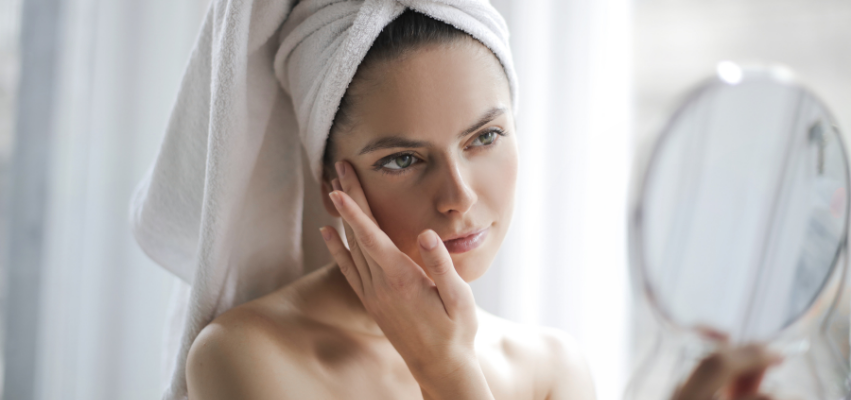
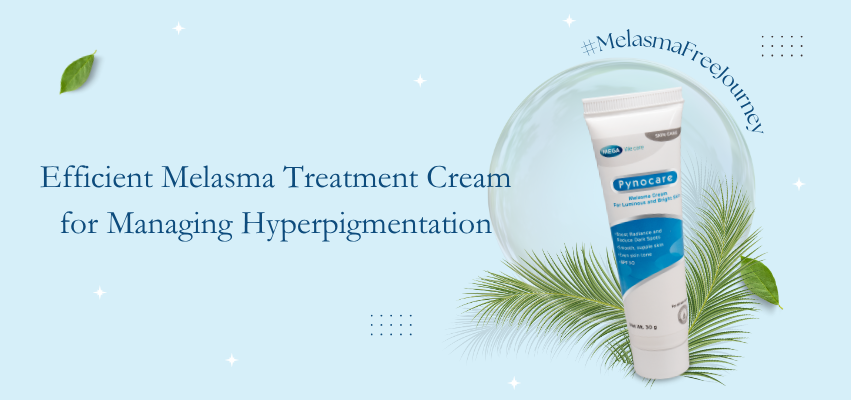
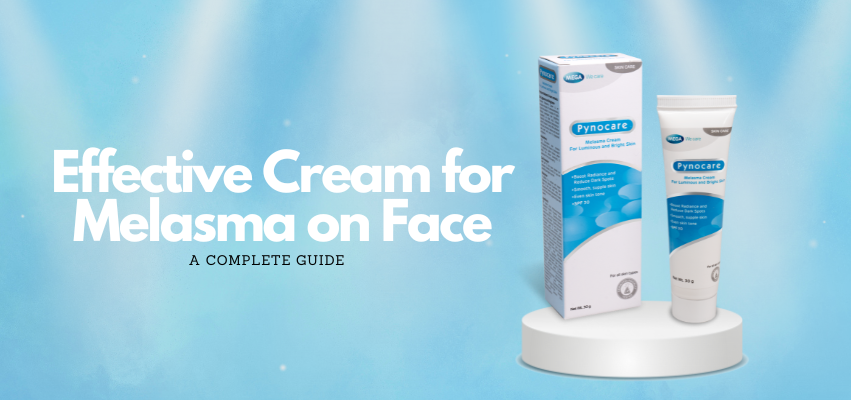
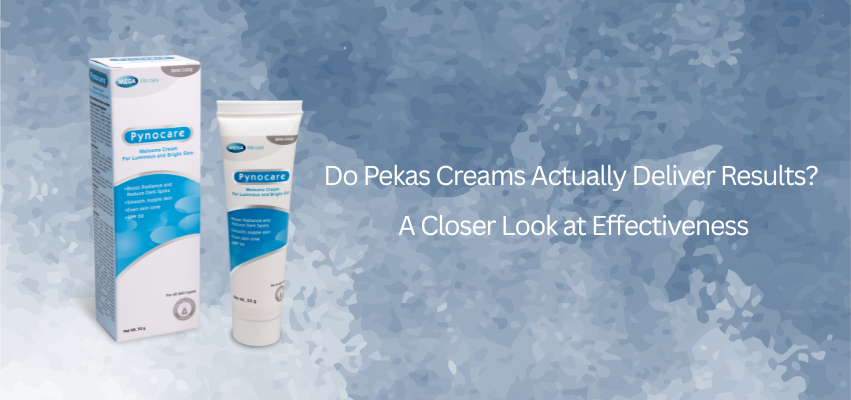


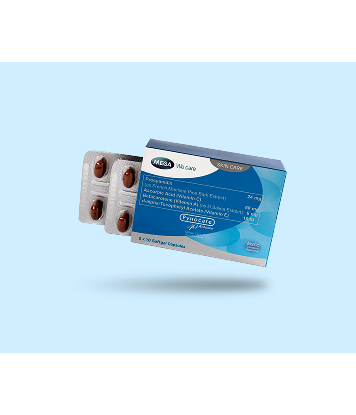













4 Comments on How to Get Rid of Dark Spots
[…] once we embrace it, we can then make an action plan to improve our skin condition and be open for Melasma treatment. The essential thought behind this is that we must accept things before making significant, lasting […]
Pls assist me on my problem on my skin melesma
Hello, Mary Fe! How can we help you?
hi